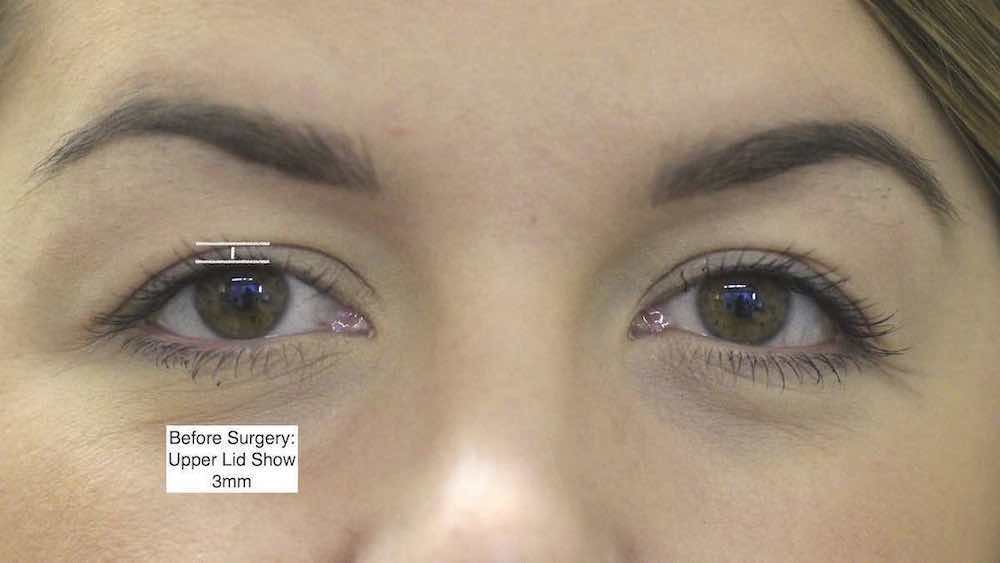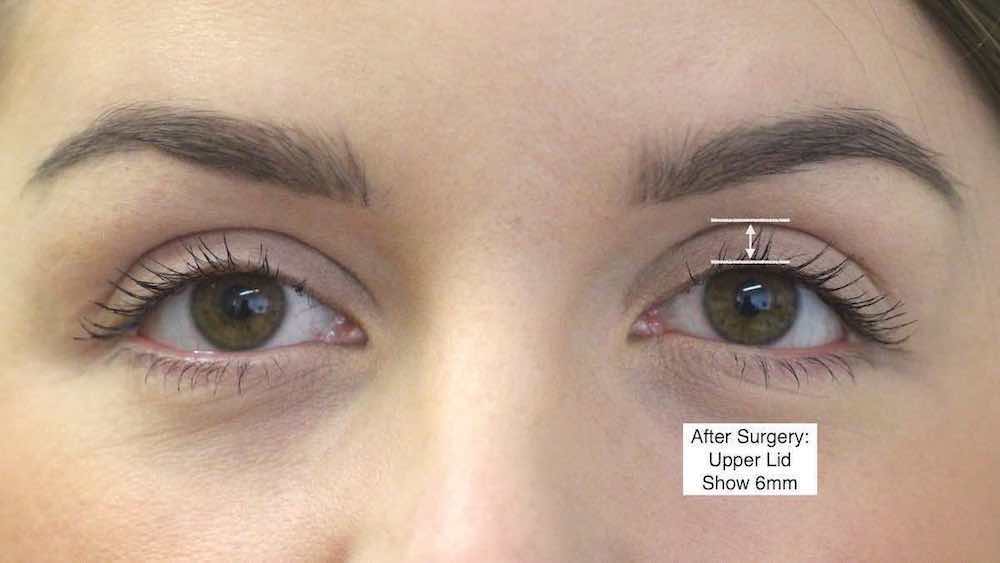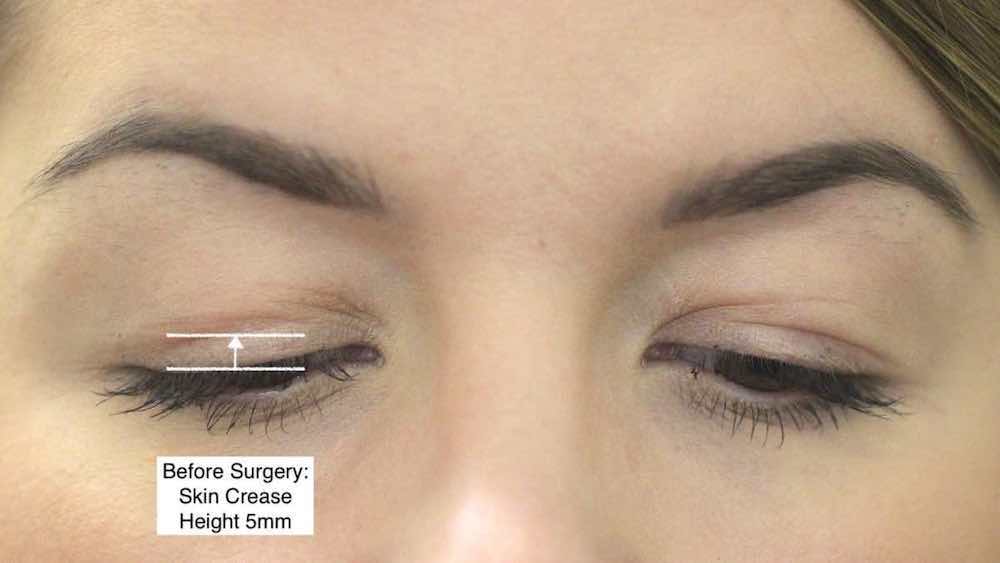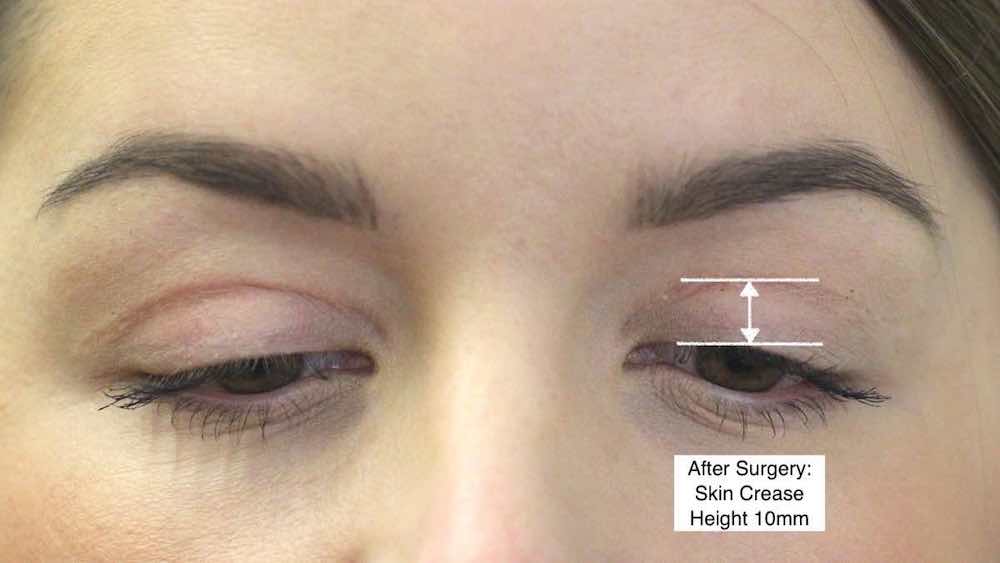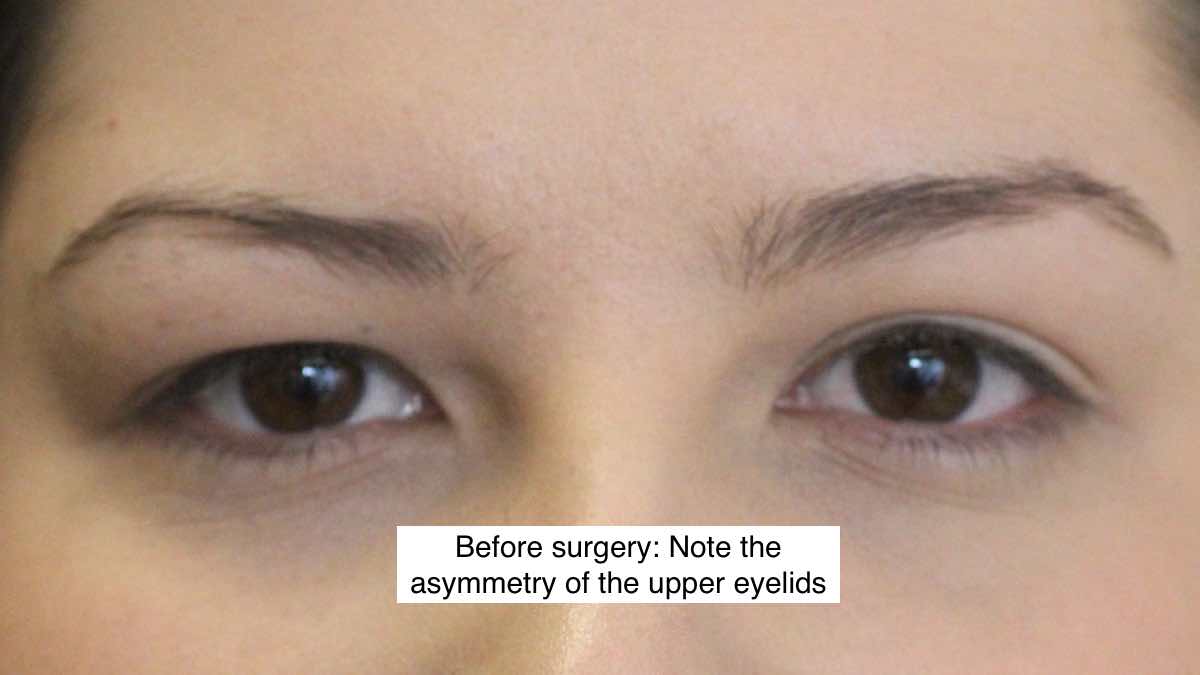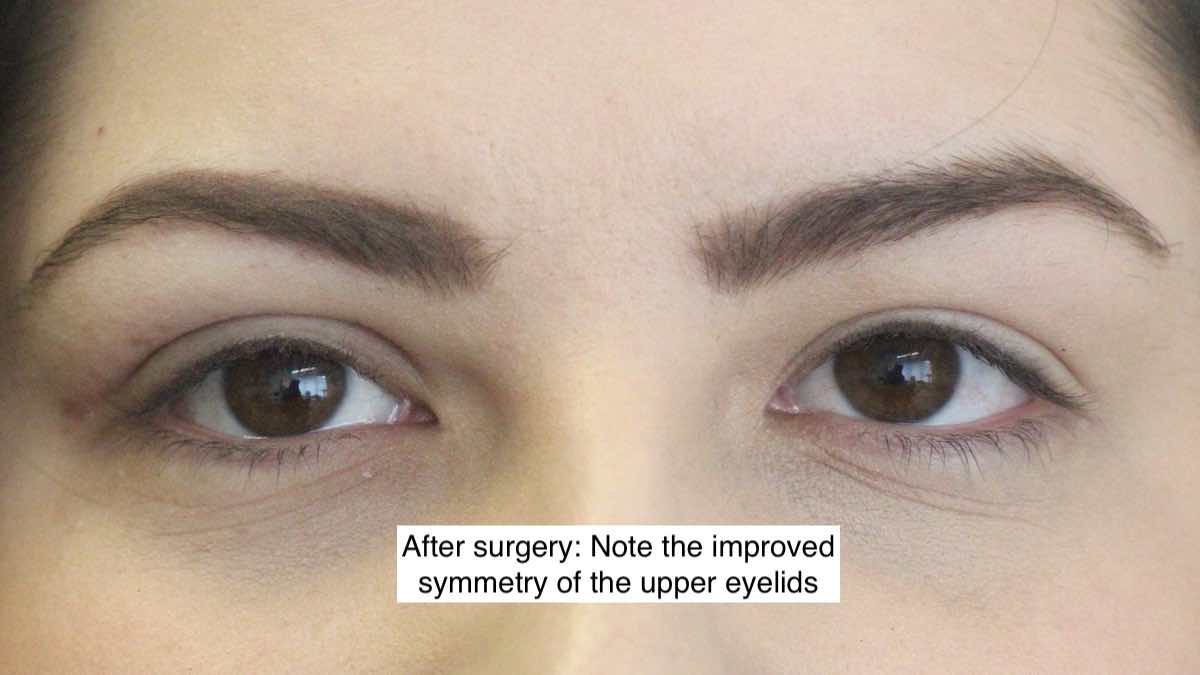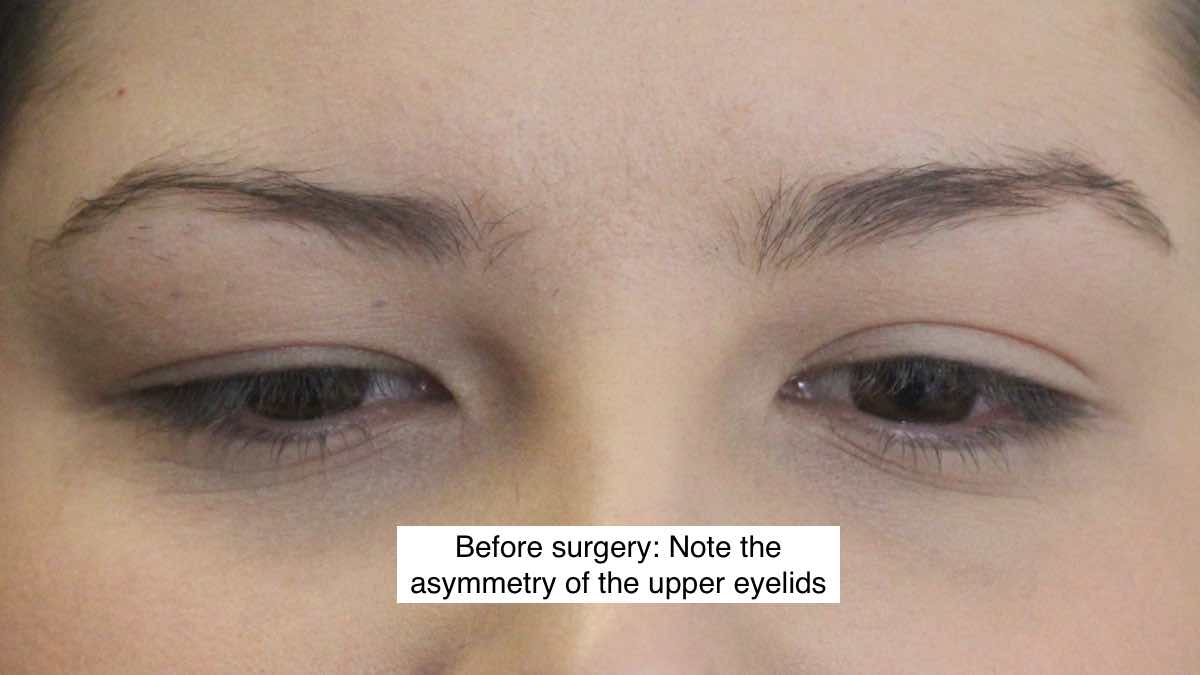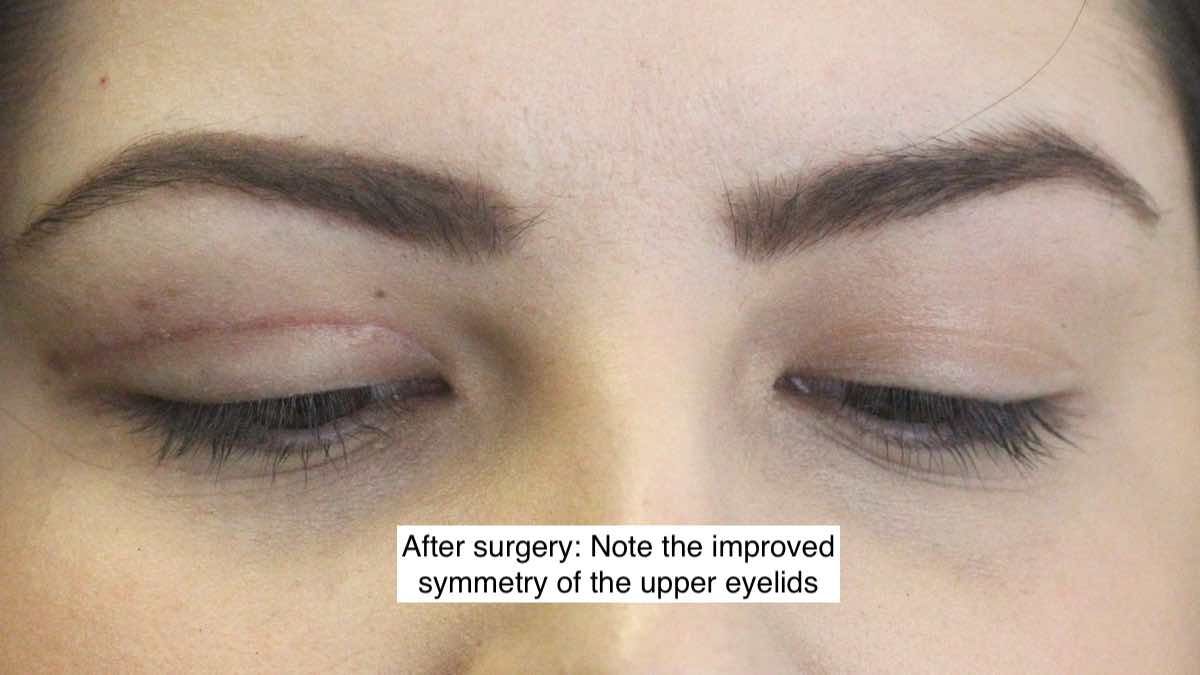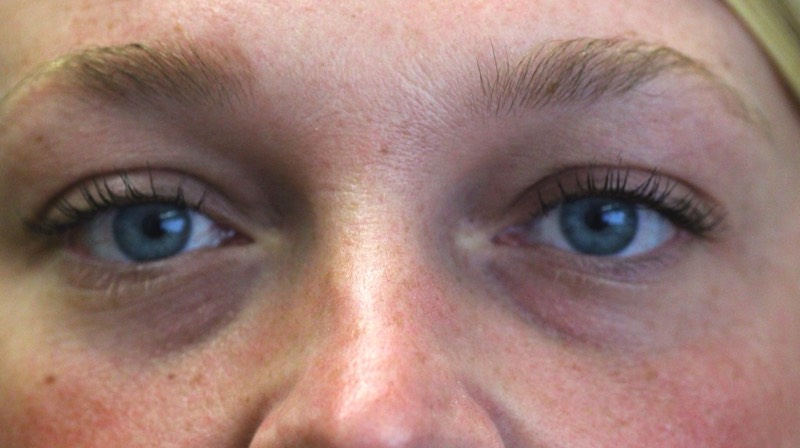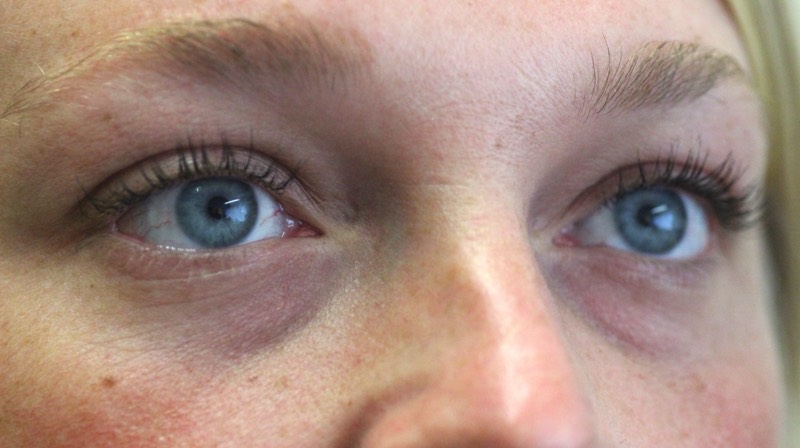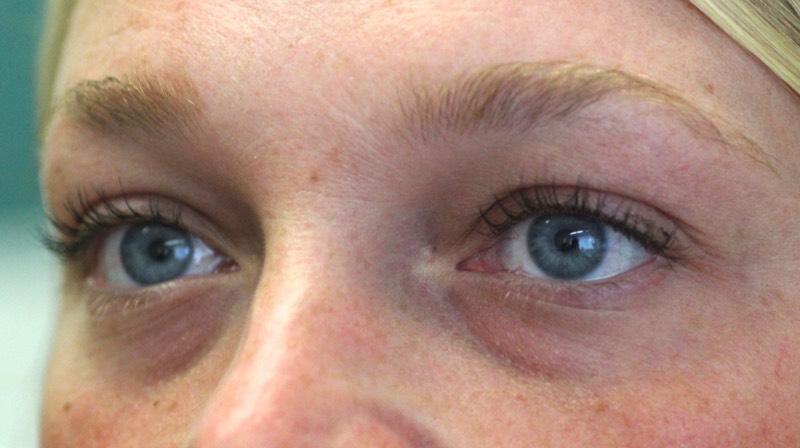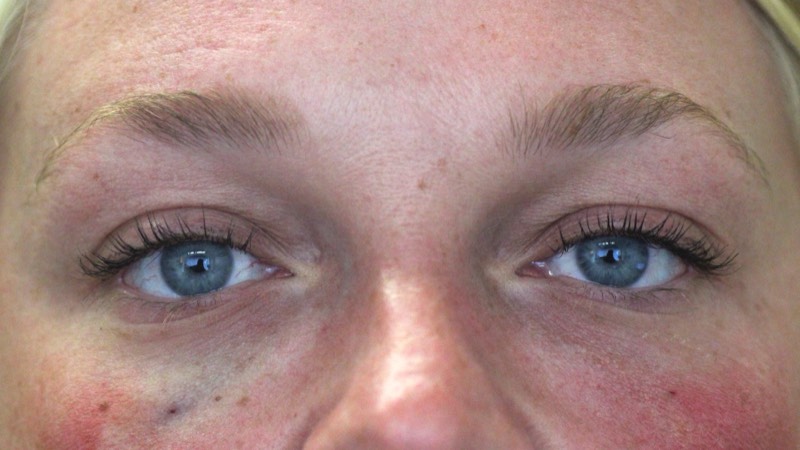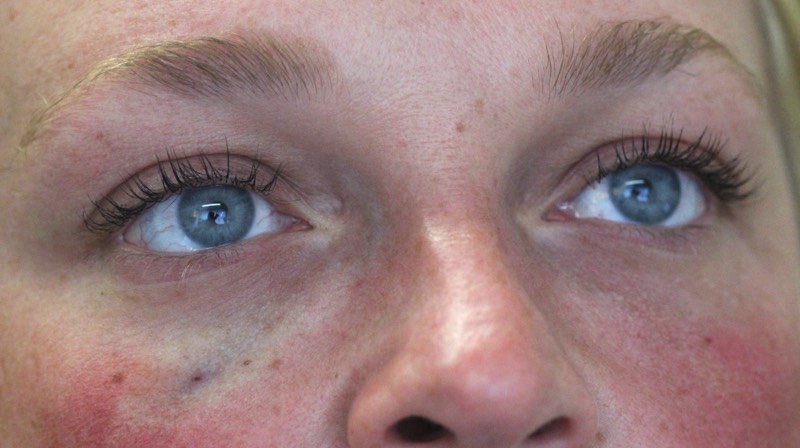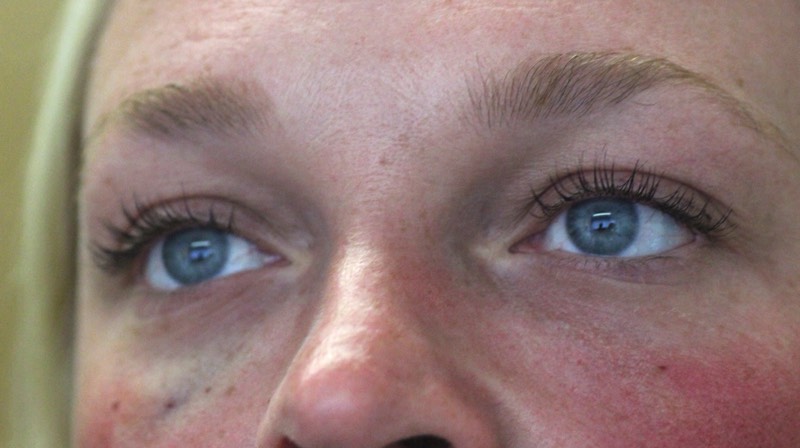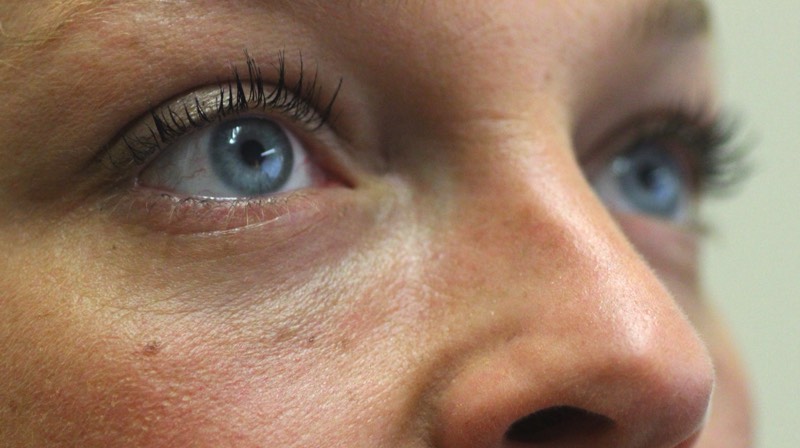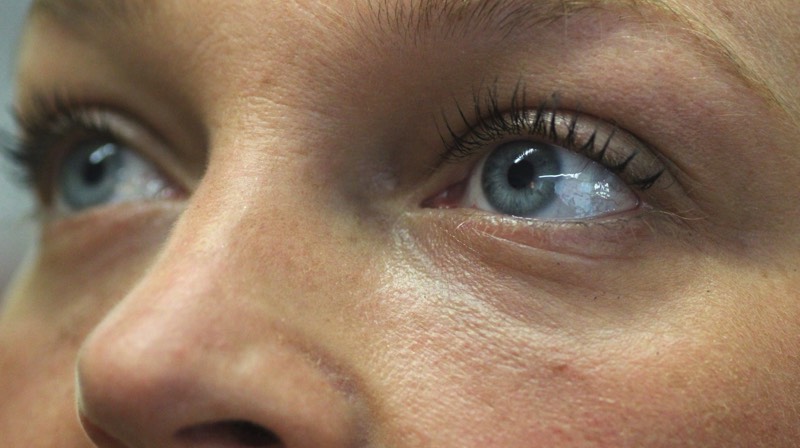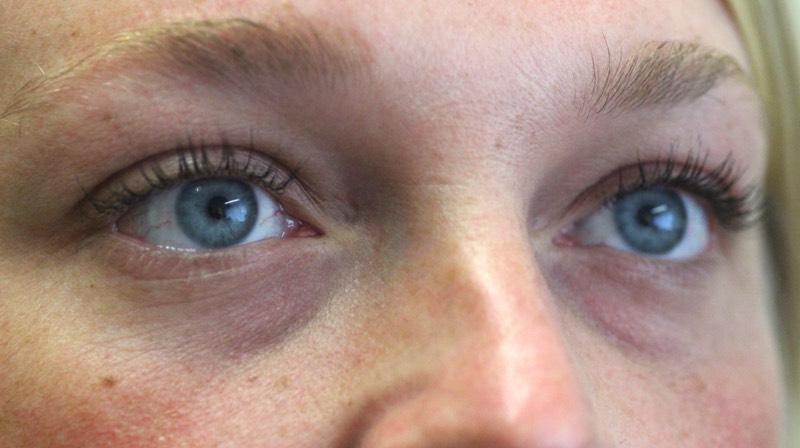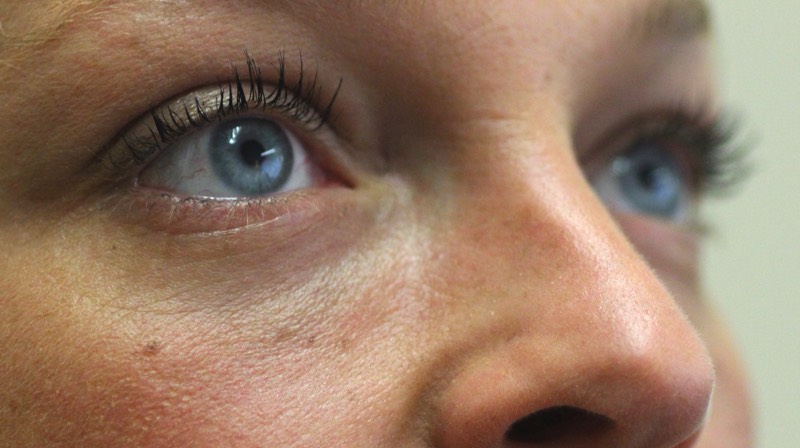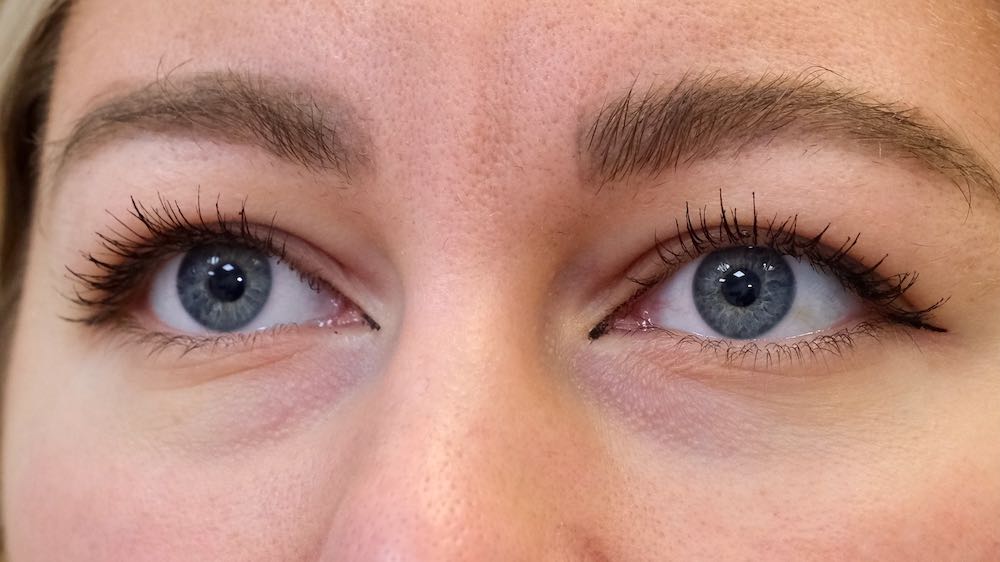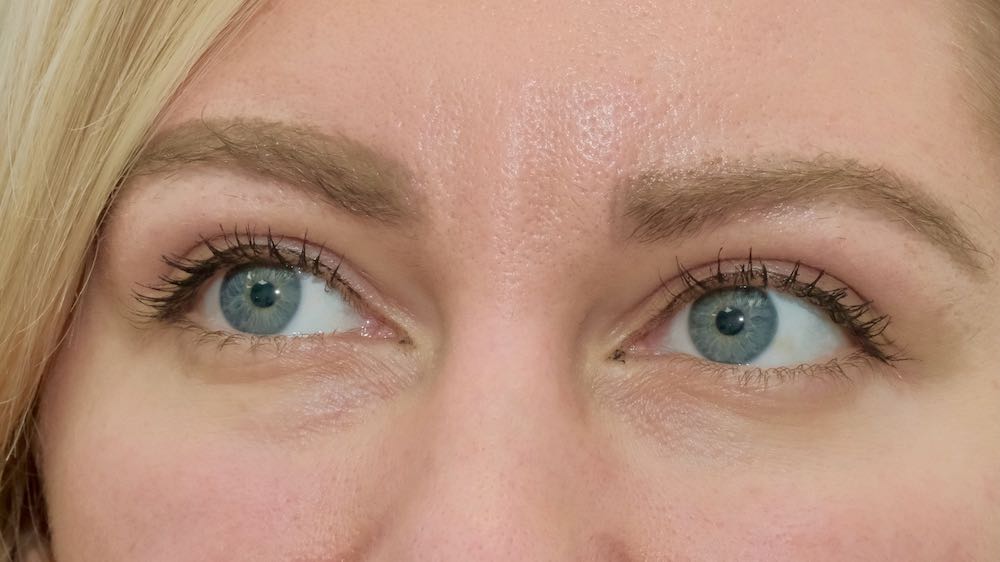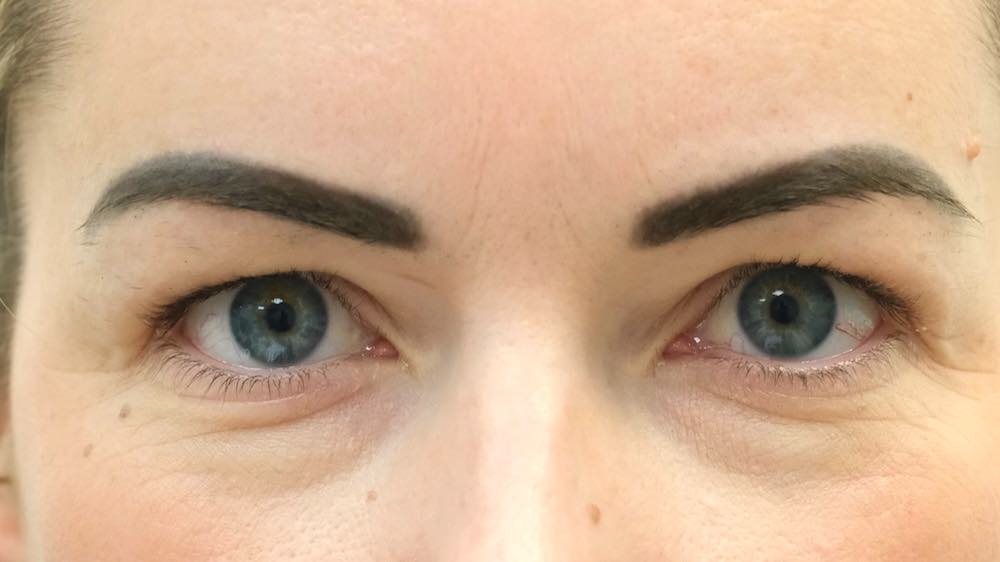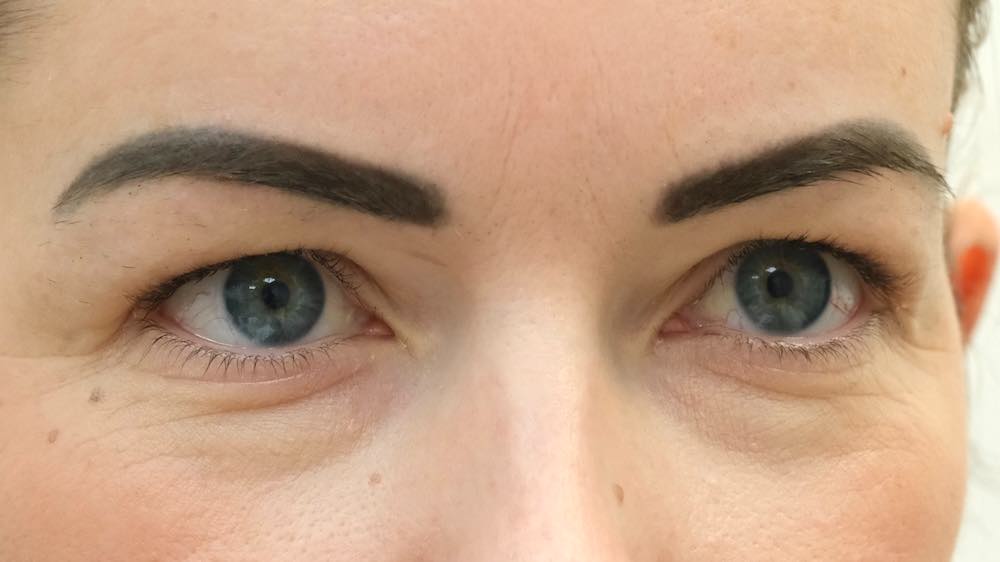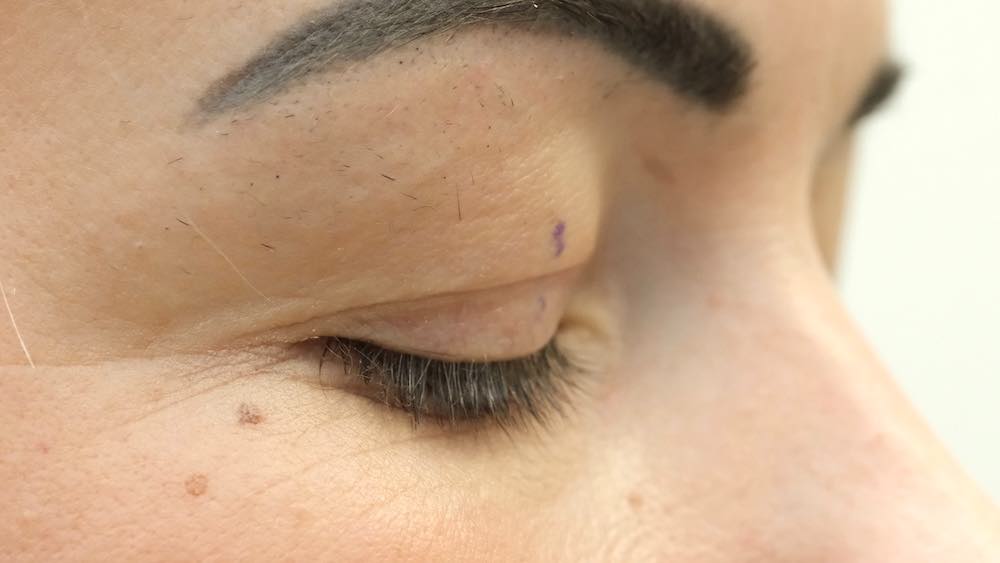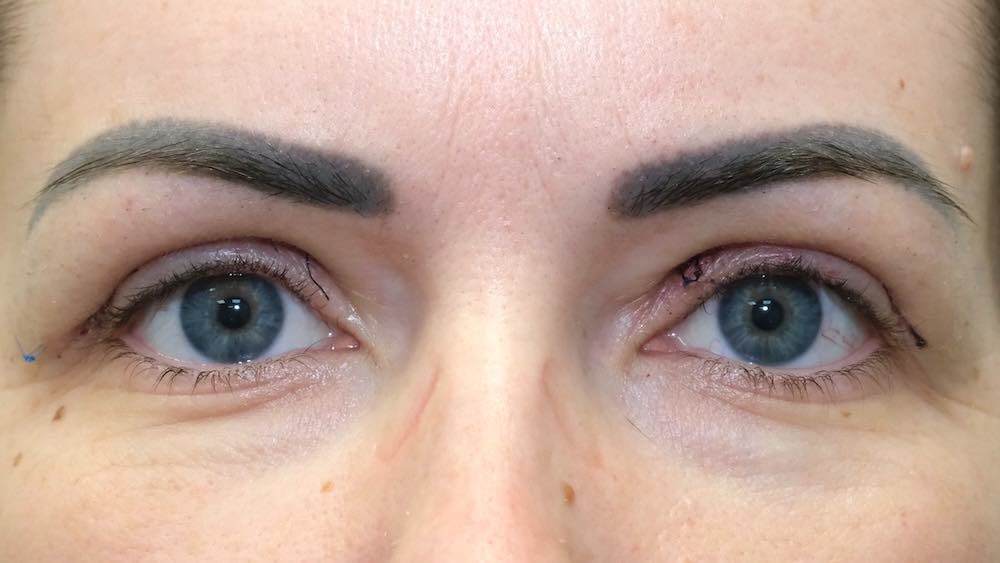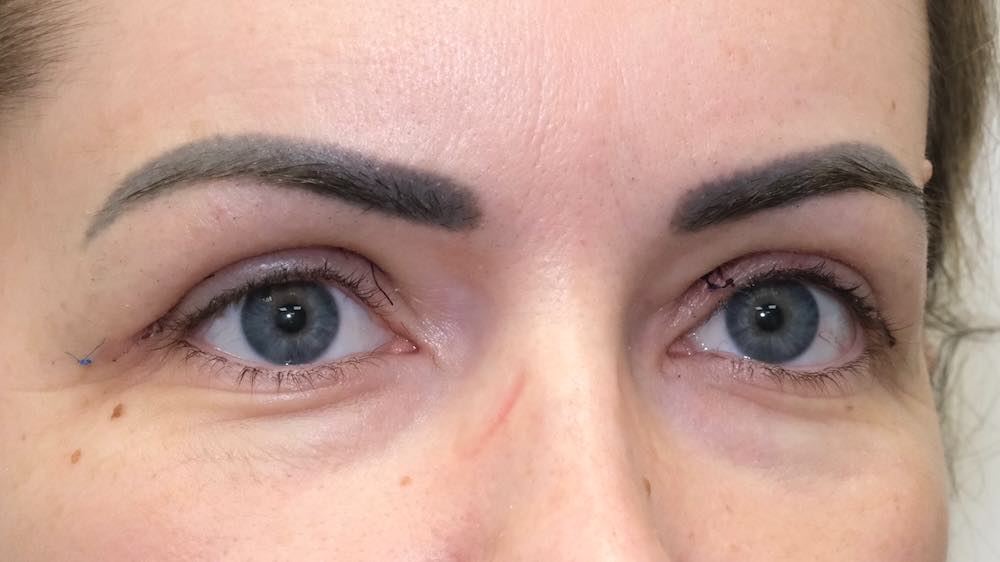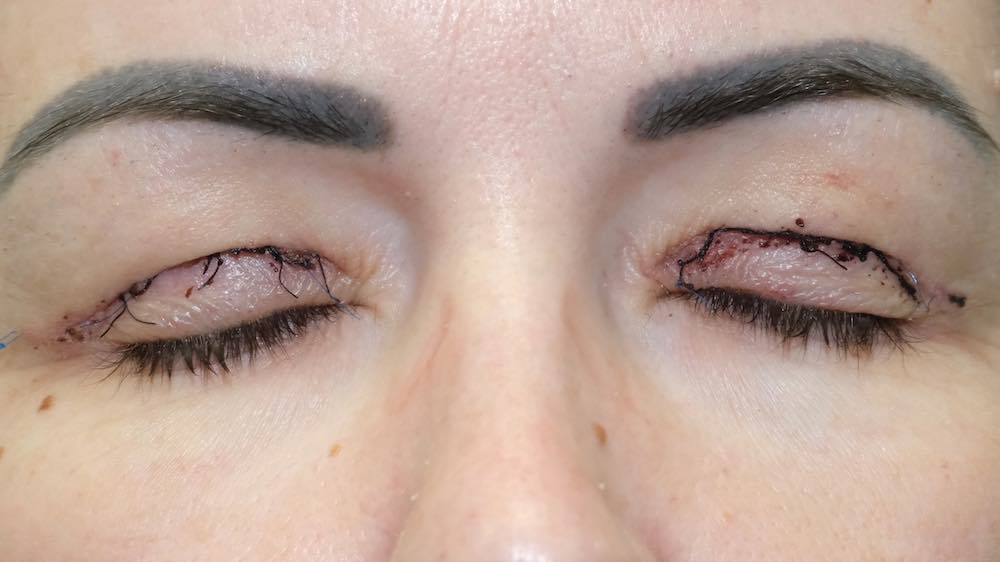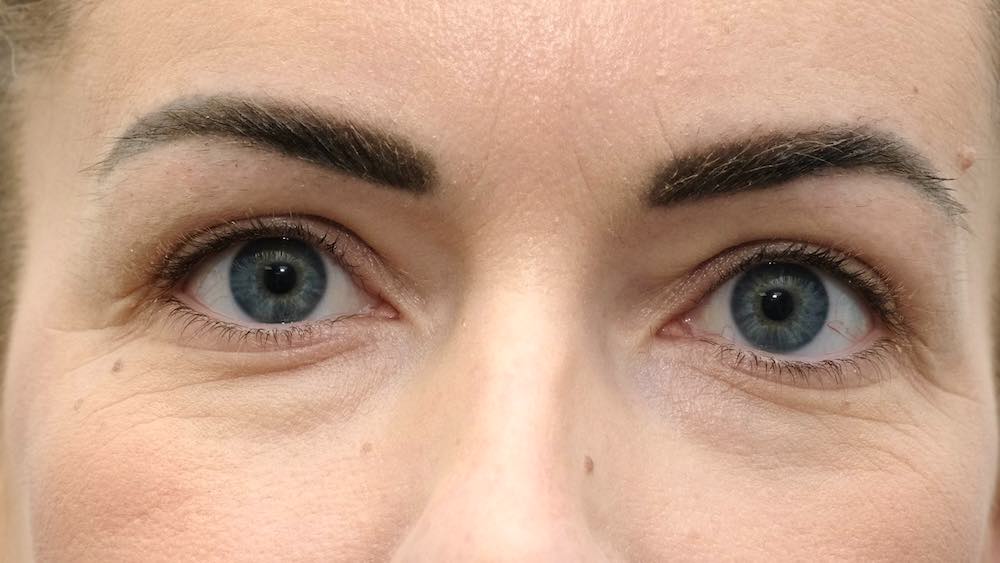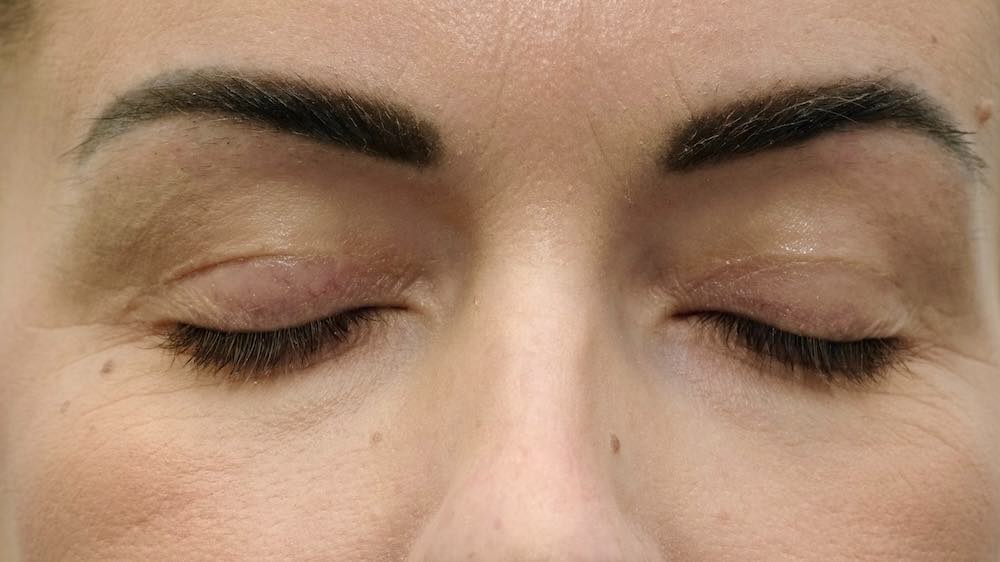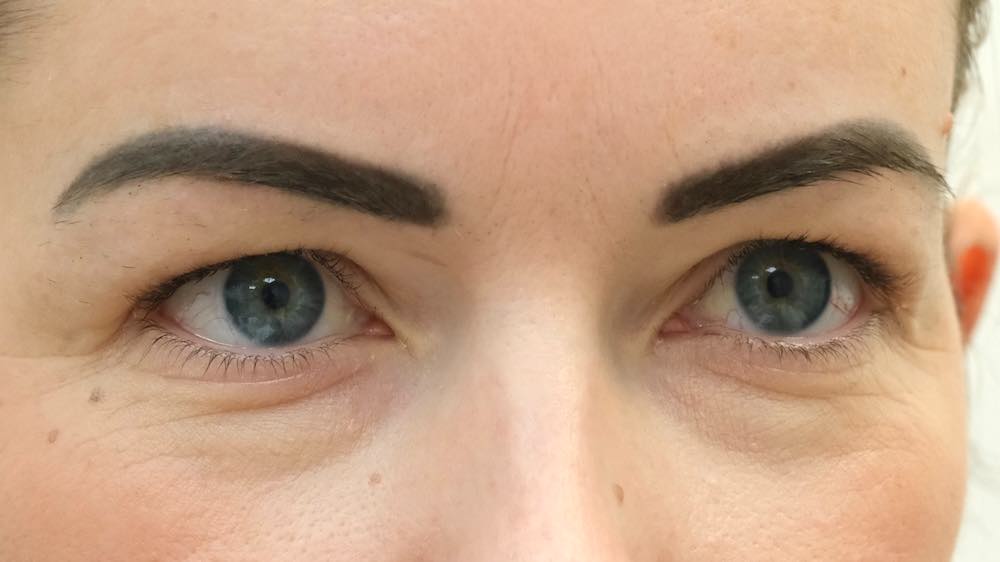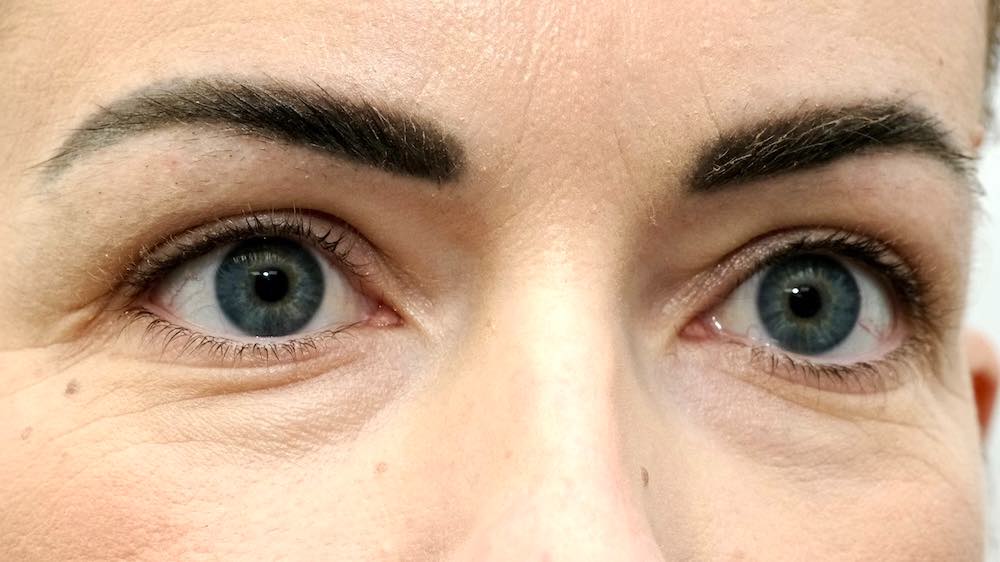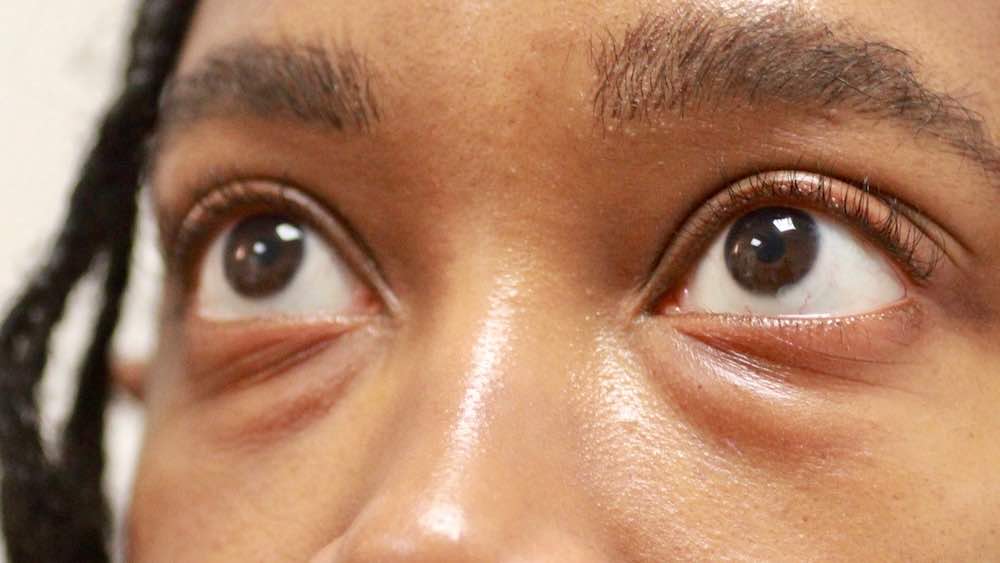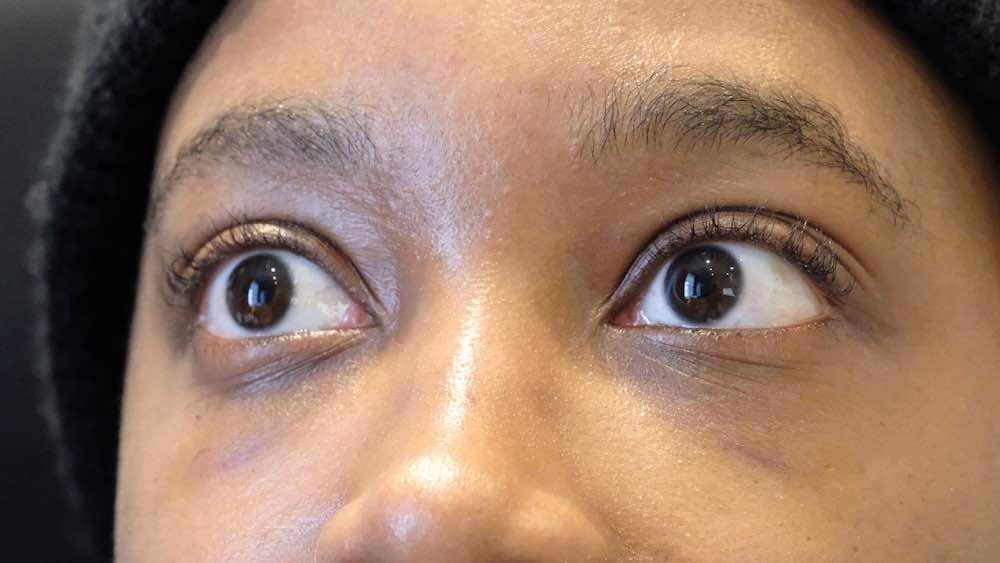Cosmetic Eyelid Surgery/ Blepharoplasty Surgery for the Young
Is it too early for me to get cosmetic eyelid surgery?
You might think that cosmetic eyelid surgery is only for people over 40, but that’s not true! Around 30% of the cosmetic eyelid surgery Mr. Cheung does is for people aged 18 to 35. Mr. Cheung doesn’t do cosmetic surgery on people under 18.
Like any surgery, the success of cosmetic eyelid surgery depends on careful planning and surgery. Mr. Cheung makes sure that the surgery creates a skin crease that looks good with the patient’s face, skin colour, and what they want.
Mr. Cheung is happy to consider cosmetic eyelid surgery for people over 18, but it’s important for them to be mature enough to think about the emotional and psychological effects of the surgery, as well as the risks.
So, Mr. Cheung usually recommends that people wait until they’re 21 or older before contemplating cosmetic surgery.
There are many reasons why young people come to Mr. Cheung’s cosmetic clinics. Some of the most common reasons are:
• Young people want to show more of their upper eyelids so they can wear eye makeup or make their upper eyelids look more symmetrical.
• Young people don’t like how their lower eyelids look fat and bulging.
• Young people feel that their lower eyelids look tired and hollow.
Upper Eyelid Anchor Blepharoplasty | Upper Cosmetic Eyelid Surgery in the Young
This surgery is usually done by eye surgeons who have special training in doing incisional Oriental blepharoplasty. It creates a new, higher skin crease on the upper lid to make it look more open thus increasing the upper lid show (also called the pretarsal lid show). It also changes the shape of the orbital septum so that the eyelid looks less bulky.
- This surgery might be done to both upper eyelids to make both sides look more open and less hooded.
- Or, it might only be done to one upper eyelid to try to make it look more symmetrical with the other side.
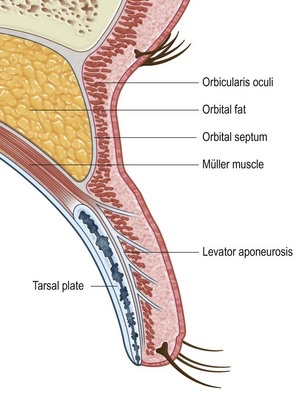
The natural skin crease on the eyelid forms because the skin is attached to the levator aponeurosis (the tendon that lifts the upper eyelid). An anchor blepharoplasty is a specialized procedure that creates a higher skin crease. It involves making an incision where you want the new crease, carefully exposing the levator aponeurosis, and then attaching the skin to it using "anchor sutures," which is how the procedure got its name.
For younger patients, there's usually not much extra skin to remove in the eyelid fold, unlike in older patients where skin removal is more common in a typical upper eyelid blepharoplasty. Simply removing skin could cause problems with eyelid closure and potentially lead to dry eyes.
Instead, by raising the skin crease, we can safely enhance the appearance of the upper eyelid. This technique evolved from Mr. Cheung's work on incisional Oriental blepharoplasty, which focuses on removing unwanted skin creases and creating new ones based on the patient’s desired look.
Lower Cosmetic Eyelid Surgery in the Young
For most young patients attending Mr Cheung's clinics for their lower lids, their main complaint is typically of them looking either too bulging (lower lid fat bags) or slightly too hollow (tear trough deformity).
Before and One Week After Pictures of a Young Patient After Lower Transconjunctival Lower Lid Blepharoplasty
- As the skin and muscle quality is usually excellent in young patients, these do not require treatment. Mr Cheung has therefore performed a transconjunctival lower lid blepharoplasty where the access incision is made on the back surface of the lower eyelids, thus avoiding the the need for a skin incision or risk getting a scar.
- This young lady complained of bulging of the lower lid before surgery.
- Surgery is typically performed under sedation and a small amount of fat is removed from the fat pockets to make them look less apparent. Recovery time is very quick and most patients are back to work after 2 weeks.
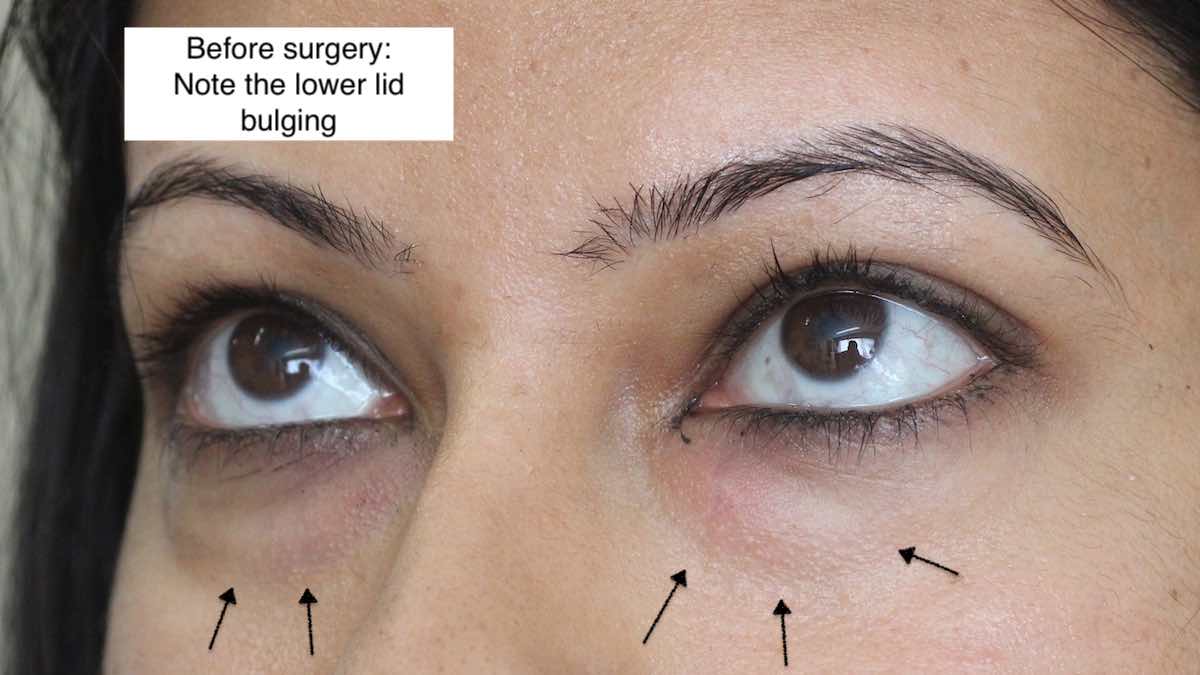
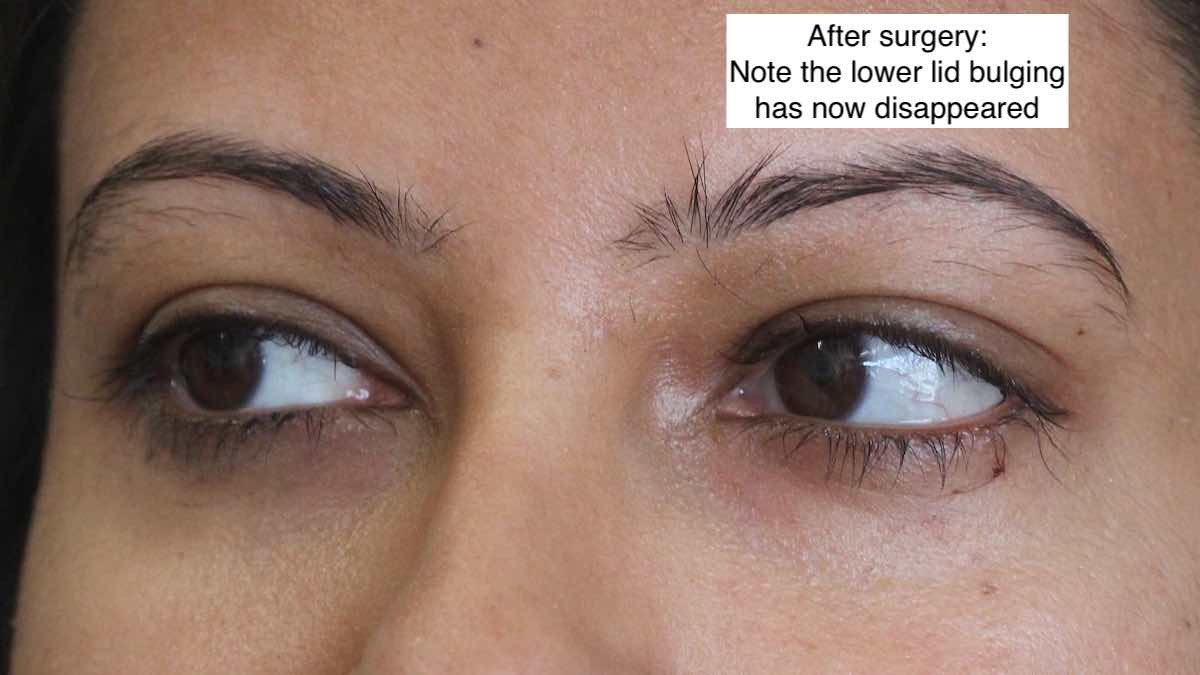
Tear trough filler treatment in the young to correct lower eyelid hollows/ dark circles
For most young patients though with hollow looking lower eyelids, surgery is NOT required. Instead these patients often do very well without surgery using tear trough filler injections of restylane
Frequently Asked Questions
After surgery, you'll be advised to sleep in an upright position and apply cold compresses to your eyelids to help with swelling. Keeping the area clean and dry is very important. You may also be given eye drops to help soothe your eyes, as they might feel a bit dry due to a temporary change in your blink reflex after the procedure.
-Swelling and minor bruising is normal and peaks about 24-48 hours after the procedure.
-However 90% of the swelling usually disappears by 10 days but minor swelling may still persist for 10-12 weeks depending on the complexity of the procedure. For example, most of Mr Cheung's patients who return to work after 10-14 days often comment that their work colleagues remark that they look fresher but often do not realise that any surgery has been performed.
-Most patients return back to work about 10-14 days after blepharoplasty surgery.
- The first clinic visit following surgery is usually scheduled for 1 - 2 weeks following surgery. Mr Cheung often personally removes any skin sutures with the aid of an examination microscope to ensure there is no retention of the fine skin stitches.
-Make up can be safely used usually from the 10th postoperative day.
- Most patients are usually discharged at 3-6 months following surgery.
As with any cosmetic procedure, the patient's part in expecting a realistic outcome and understanding the potential complications is probably more important than the skill of the surgeon. Any good surgeon will take the time to chat with the patient so that they have a good understanding of what to expect and what is realistically achievable. Patients with unrealistic expectations are likely to be disappointed no matter how skilled the surgeon or good the postoperative result.
Complications are extremely rare and the vast majority of patients are extremely satisfied following surgery. The complications of blepharoplasty surgery include:
- default_titleEyelid Asymmetry: where one side does not match the other
- default_titleUndercorrection where insufficient skin/ orbital fat has been removed. It is important to be realistic about how much skin can safely be removed.
- default_titleOvercorrection-If too much skin is removed during upper eyelid blepharoplasty, the eyelid may not be able to close properly (termed lagophthalmos), which can be sight threatening. Lagophthalmos can be temporary from eyelid swelling, or permanent if too much skin from the upper eyelid was removed. The cornea (clear window on the front of the eye) may start to dry out due to the incomplete closure of the eyelid. This may be sight threatening since the cornea may ulcerate as a result. For severe cases of lagophthalmos, a skin graft or flap to replace the upper eyelid skin shortage may be necessary to allow the eyelid to function normally again.
- default_titleTemporary dry eye commonly occurs following upper eyelid blepharoplasty surgery and is commonly due to temporary impairment of the muscles involved in eyelid closure. Ocular lubricant drops are commonly prescribed for a few weeks following surgery for symptomatic relief. Less commonly though, permanent dry eye may result particularly particularly following excessive skin removal (both in upper and lower eyelid blepharoplasty) and in patients who have pre-existing problems with dry eye, tear film problems, previous refractive surgery and ocular surface problems. It is for this reason that the Dept of Health recommends that all patients undergoing any type of blepharoplasty surgery undergo a formal assessment by an ophthalmologist including testing ocular motility, tear film production and quality assessment.
- default_titleIf too much lower eyelid skin is removed, the eyelid may look hollowed out, too concave or may cause the eyelid to turn outwards leading to ectropion formation. All oculoplastic surgeons are trained to avoid this by performing additional procedures if necessary e.g. eyelid tendon tightening such as lateral canthopexy.
- default_titleScarring can also occur post-operatively, leading to a poor cosmetic outcome. Scarring following lower eyelid blepharoplasty can result in the lower eyelid being pulled out and downwards, leading to an unnatural appearance and ectropion. Corrective surgery may be necessary to address this. It can usually be avoided by meticulous dissection in the correct surgical planes and is rare in the hands of oculoplastic surgeons.
- default_titleAcute glaucoma is an rare but potentially blinding complication that can occur with any type of eyelid surgery and occurs when the internal pressure of the eye starts to rise as a result of some of the side effects of some of the drugs and injections utilised during eyelid surgery. Oculoplastic surgeons are trained to recognise and manage this complication through their general ophthalmology training. It is recommended in the US, that a formal ophthalmological assessment be performed prior to eyelid surgery to look for the potential risk factors for this complication.
- default_titleBleeding into the skin, known as a skin haematoma, after the procedure is an uncommon complication and excessive bruising leading to a collection of blood within the tissue. It is critical to stop all tablets which may increase the risk of bleeding and your surgeon should advise you about this prior to surgery. In the first few days following surgery, you should avoid any vigourous activity such as lifting, bending, since this can worsen any bruising or swelling of the eyelids.
- default_titleCorneal abrasion is when the corneal surface is damaged either due to the inadvertent trauma. This complication is extremely rare in the hands of oculoplastic surgeons.
- default_titleEyelid ptosis- Uncommonly the main tendon (levator aponeurosis) within the eyelid may be damaged during cosmetic eyelid surgery causing the actual eyelid itself to descend and stay permanently low. This complication is extremely rare for oculoplastic surgeons since they routinely operate on this structure anyway and the most experienced in recognising the complex anatomy. Indeed, oculoplastic surgeons routinely perform ptosis surgery anyway and may recommend simultaneous ptosis correction/ repair in patients who already have a compromised eyelid tendon.
- default_titleSunken eye (enophthalmos) and hollow eyelids- The fat within the socket (orbital fat) normally starts to shrink with age leading the the eyeball looking sunken over time. However, an artificially sunken eye can occur following excessive orbital fat removal. Similarly if excessive fat is removed the eyelids can look artificially hollow (sometimes known as skeletonisation). This complication occurs less commonly now surgeons have learnt to avoid it by being very conservative with orbital fat removal and performing safer techniques e.g. orbital fat repositioning.
- default_titleThe most serious, though thankfully rare, complication of blepharoplasty is an orbital haematoma. This occurs when there’s uncontrolled bleeding, usually from a blood vessel in the fat pockets around the eye, which puts pressure on the optic nerve and its blood supply. If left untreated, this can lead to permanent blindness. That’s why it’s crucial to catch it early, especially if you experience severe eye pain or changes in your vision. In such cases, urgent reoperation may be needed to stop the bleeding and relieve pressure on the optic nerve.
To minimise the risk of this happening, it’s important that eyelid surgery is performed by a skilled surgeon with experience in working with the delicate tissues around the eye. Oculoplastic surgeons, who specialise in surgeries involving the eyes and eyelids, perform more of these procedures than any other type of surgeon and are best trained to both avoid and manage this rare but serious complication. - Show More
It is for all these reasons that Mr Cheung tends to err on the side of caution i.e. towards conservative blepharoplasty surgery to reduce the risk of complications and also give a more harmonious balance appearance, to try and avoid a 'plastic' unnatural look. Most complications can be avoid with careful preoperative examination, surgical planning and meticulous operative technique.
Yes you can have blepharoplasty surgery for functional reasons on the NHS i.e. if your eyelid hooding is so severe that it interferes with your visual field or if is for rehabilitation purposes from some pathological process e.g. for thyroid eye disease.
However the NHS is unlikely to fund blepharoplasty surgery purely for cosmetic purposes for the sake of rejuvenation purposes e.g. severe thyroid eye disease, amyloidosis.
For quite some time now, most CCGs (clinical commissioning groups) have brought out their eligibility criteria which patients would have to meet prior their surgery being agreed to be funded by their local NHS.
Dudley Procedures of Limited Clinical Value/ Aesthetic Policy Document 2019
Sandwell and West Birmingham/ Birmingham and Solihull CCG Policy for Cosmetic Surgery - Eyelid Surgery 2019

